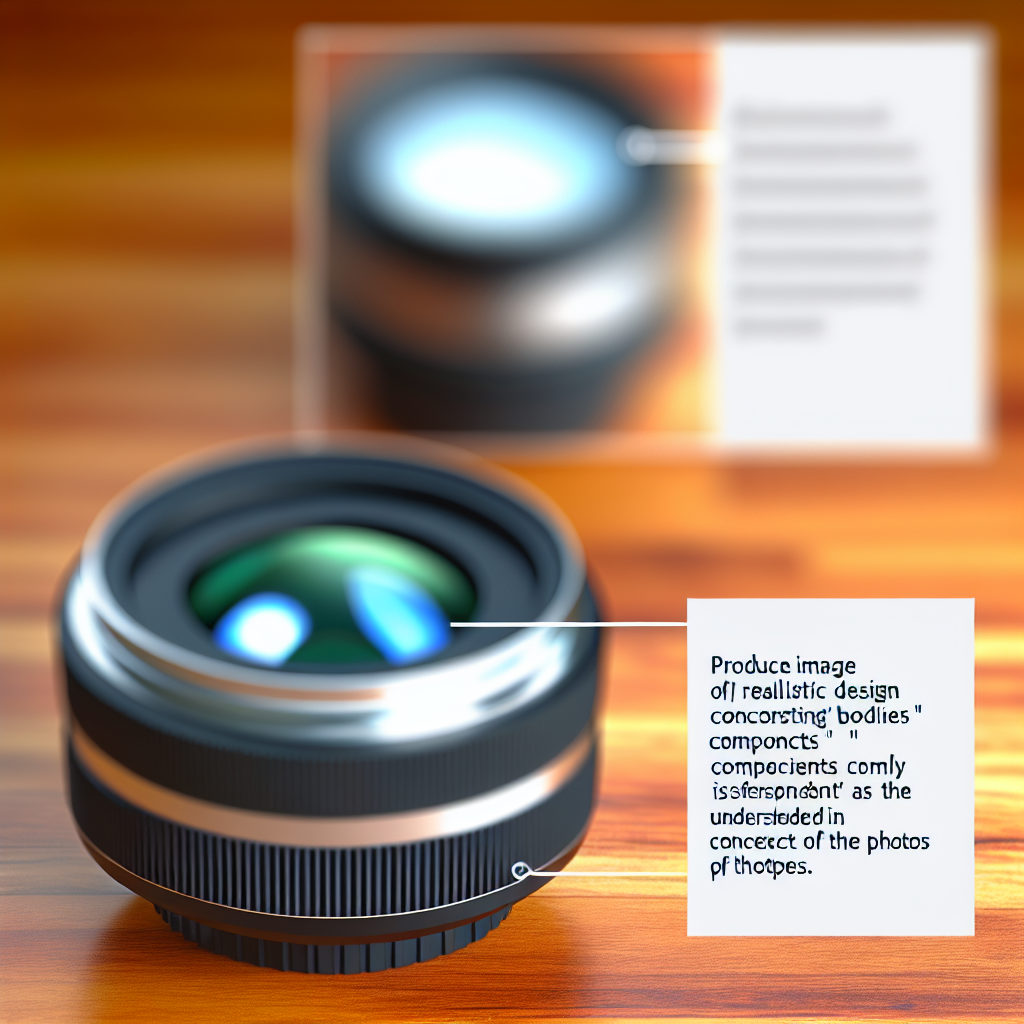Understanding Bodies vs Components in Fusion 360: A Core Concept
Fusion 360 is a powerful CAD software that streamlines product design through its flexible modeling approach. Central to this workflow are the concepts of bodies and components. Grasping the differences and interplay between these elements is essential for efficient design, collaboration, and modification within your projects.
Distinguishing Bodies and Components in Fusion 360
Fusion 360’s modeling environment introduces two primary entities: bodies and components. Although they may seem similar at first glance, their roles in the design process are distinct and critical for effective workflow management.
- Bodies: These are solid geometry entities within a single design environment. Bodies are typically used for individual parts or features within a single component or design file. They are unlinked and do not have their own assembly context but are crucial for creating detailed features like extrusions, cuts, and fillets.
- Components: These serve as modular, reusable parts within an assembly. Components can contain multiple bodies and other components, allowing for hierarchical organization and simulation of real-world assemblies. They provide a framework for managing complex projects involving multiple moving parts or interchangeable modules.
Understanding these distinctions helps designers maintain clarity, especially when working on complex assemblies. Bodies are more about the geometry within a part, whereas components structure the overall assembly including placement, joints, and relationships.
Practical Application and Best Practices
In practice, leveraging the difference between bodies and components maximizes Fusion 360’s capabilities:
- Creating Modular Designs: Use components to segment different parts of an assembly, enabling easier updates, replacements, or modifications without affecting the entire design.
- Managing Geometry: Keep detailed features confined within bodies for clarity. When the part becomes an assembly element, convert it into a component to facilitate movement and positioning within the larger project.
- Collaboration: Components provide clear boundaries for teams, allowing multiple users to work on different parts simultaneously while maintaining connection through joint and constraints.
Furthermore, becoming adept at converting between bodies and components streamlines the workflow, making iterations faster and more organized. For example, converting a body into a component can help prepare for assembly simulation, while isolating bodies within a component assists in detailed feature editing.
Conclusion
Understanding the core differences between bodies and components in Fusion 360 is fundamental to efficient modeling and assembly design. Bodies are primarily geometric entities used for detailed features, while components organize these bodies into manageable, modular parts ideal for assembly workflows. Mastering these concepts enhances your ability to create complex, adaptable, and collaborative designs.
